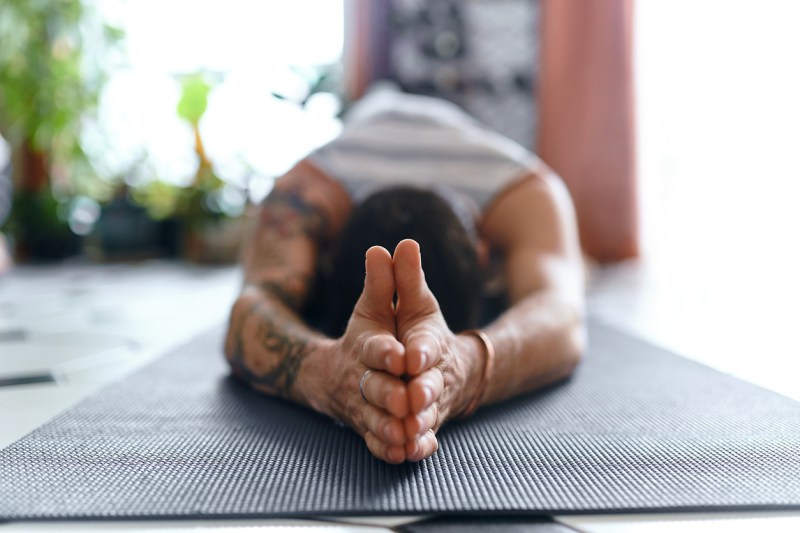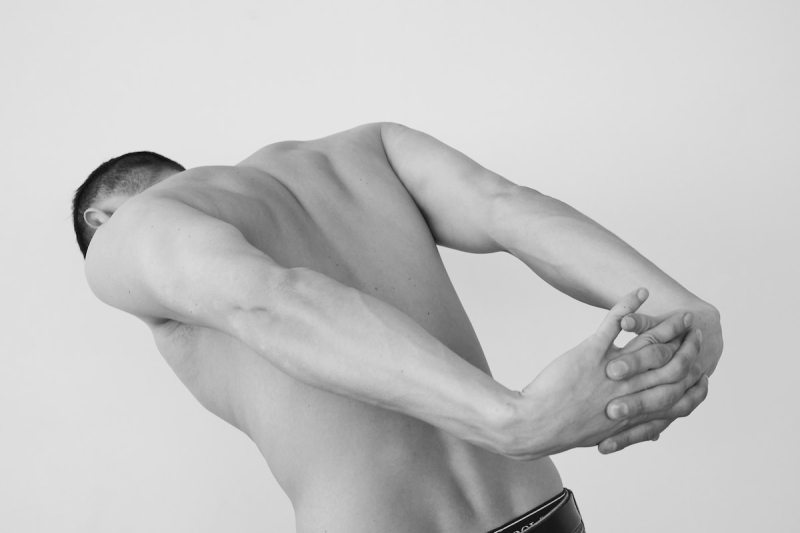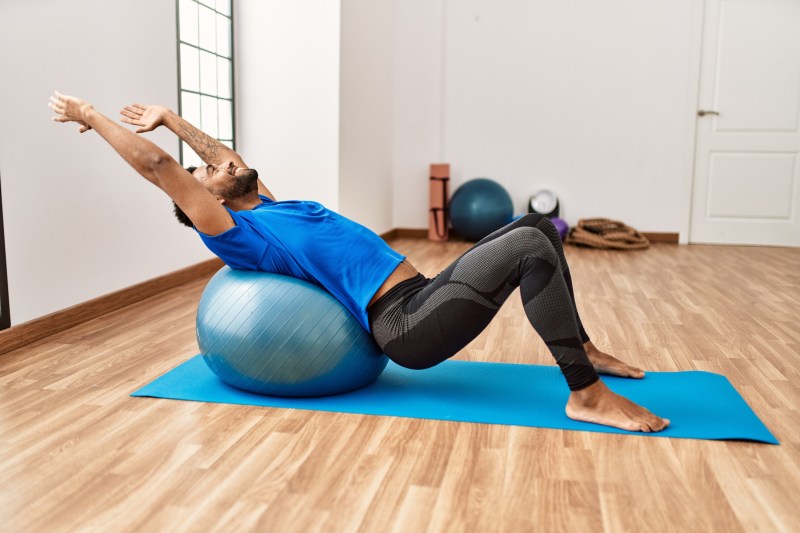
Pilates is one of the most versatile, low-impact exercises that can be adapted for nearly anyone to enjoy. People of any age and fitness level can practice Pilates, a series of low-impact exercises that focus on coordinating intentional breaths with movement. Though Pilates has been practiced since its origins in the 1920s, this unique form of exercise has gained lots of popularity recently, as new Pilates studios seem to keep popping up everywhere.
Like all forms of exercise, pilates comes in many forms and varieties – including pilates reformer workouts, wall pilates, and mat pilates. Each type of pilates brings its own set of advantages to the table. For many, at-home pilates exercises offer the flexibility and benefits they’re looking for, without the cost associated with attending a gym. Before you give pilates a try at home, learn which basic equipment you’ll need to get the most out of your workouts.

Benefits of pilates
The list of benefits of Pilates goes on and on, from improved mental health to enhanced flexibility. For this reason, people of any age, gender, or physical ability can benefit from pilates exercises. Some of the most common benefits include improved posture, better concentration, more balance, improved muscular tone and strength, and so much more. For many, pilates also provides support as part of a self-care routine to manage stress, reduce anxiety, and promote relaxation.

Why try at-home pilates
Practicing Pilates at home is appealing for a variety of reasons, from cost to flexibility. Joining a local Pilates studio offers access to a reformer, a piece of equipment that adds tension to springs to lengthen and strengthen muscles during exercises. However, the price of a reformer is high, which ultimately equates to a pricy membership. If spending $150+ a month on a Pilates studio membership isn’t for you, you can still get the same benefits right from the comfort of your own home.
Attending pilates classes at a studio also means adhering to a class schedule, which can be difficult for busy working professionals or parents. When you add in the class time plus time in transit, this can be too much of a time commitment for hectic workdays. Trying at home pilates can give you more flexibility to work out at a time that works best for your schedule. Plus, you won’t need to worry about checking for availability at a gym or pilates studio.
Another advantage to consider when practicing pilates at home is the customization it offers. As you learn new skills, you can develop a sequence of exercises that work for your body and move through exercises at your own pace. This individualization also allows for modifications for those with chronic conditions or physical limitations. Pilates exercises at-home can also be done in addition to a workout routine that includes classes in the studio as well.
Equipment for at home pilates
As interesting and beneficial as reformer pilates can be, don’t be fooled into thinking you need expensive equipment to get an effective pilates workout in. Investing in a few pieces of basic equipment can help you maximize your workouts at home. Here are a few of the things you’ll need. Over time, you’ll learn how to effectively use these basic pieces of pilates equipment for a killer workout that is as good, if not better, than your local pilates studio.
Exercise ball
A small exercise ball or stability ball will come in handy for a variety of pilates sequences. For example, exercises that involve activating the deep stabilizing muscles often use the ball, in addition to ab exercises or hamstring exercises. People with lower back pain can also use a ball underneath the lower back to add extra support during certain exercises. When shopping for a pilates ball, choose one that is lightweight and anti-burst.
Foam roller
A foam roller is another must-have for your pilates workout, which can be used for multiple purposes. Foam rollers can be used to enhance balance and stability and also to create a self-massage for your muscles. Foam rollers have also been shown to increase blood circulation and maximize flexibility for your muscles.
Pilates mat
A comfortable and supportive mat is important to maximize comfort during your pilates workout. You don’t want to be working out on a hard floor or a carpet that could cause rug burn. When choosing a pilates mat, look for one of medium thickness that has a supportive cushion. Choosing a high-quality mat is a smart investment that can help provide knee, wrist, and spine support.
If you plan on practicing pilates at different locations, look for a mat that is easily rollable and lightweight. This will make it easy to practice pilates on the go, no matter where you are.
Pilates ring
A pilates ring, sometimes called a “magic circle” is often used in pilates studios and classes, but is small and inexpensive enough to purchase for your home. This ring is used for a variety of strength and stretching exercises such as the “hundred” exercise or a standing arm press. Adding the circle can help make certain exercises harder by adding extra resistance, which can also help you build more muscle mass.




